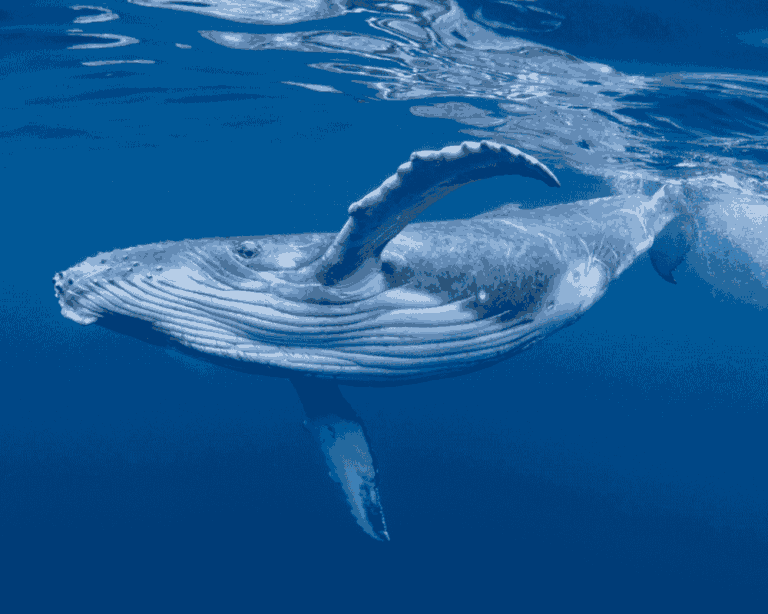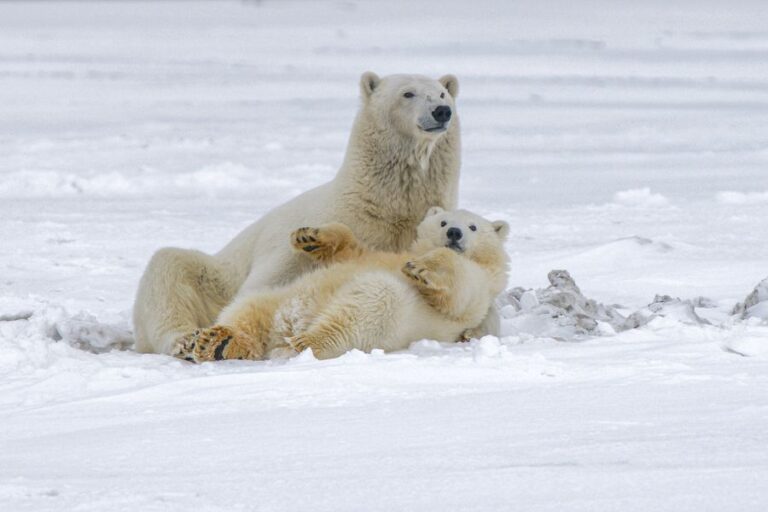The red panda (Ailurus fulgens) is a mammal native to the eastern Himalayas and southwestern. They are recognizable for their dense reddish-brown fur and a ringed, puffy tail. They thrive on a bamboo-centric diet and exhibit solitary, crepuscular behaviour.
However, knowledge about diet, predator interactions, lifespan, and other habits is limited. This article explores these aspects of the red panda’s behaviour and lifestyle.
The species faces significant threats from habitat loss and climate change, resulting in fewer than 10,000 individuals remaining in the wild. Conservation efforts are underway, including habitat protection and community awareness programs.
Main Takeaways
- Diet: Red pandas primarily eat bamboo, which accounts for about 95% of their diet, but they also consume fruits, berries, roots, grasses, and insects seasonally.
- Behaviour: They are solitary, crepuscular animals, most active during dawn and dusk, spending up to 13 hours daily foraging.
- Adaptations: Red pandas have strong jaws, pseudo-thumbs, and excellent tree-climbing abilities for bamboo consumption and predator evasion.
- Habitat: They inhabit mountainous forests with bamboo at altitudes between 2400-3900 meters and 18-24°C (64-75°F).
- Predators: Natural predators include snow leopards, martens, and birds, but habitat loss and human activities are their biggest threats.
- Reproduction: Red pandas have a short fertility window in spring, with females raising 1-4 cubs alone after a 134-day gestation.
- Lifespan: In the wild, they live 8-10 years; red pandas can live up to 17 years in captivity due to a safer environment and regular care.
- Conservation: With fewer than 10,000 individuals left, conservation efforts focus on habitat protection and raising community awareness.
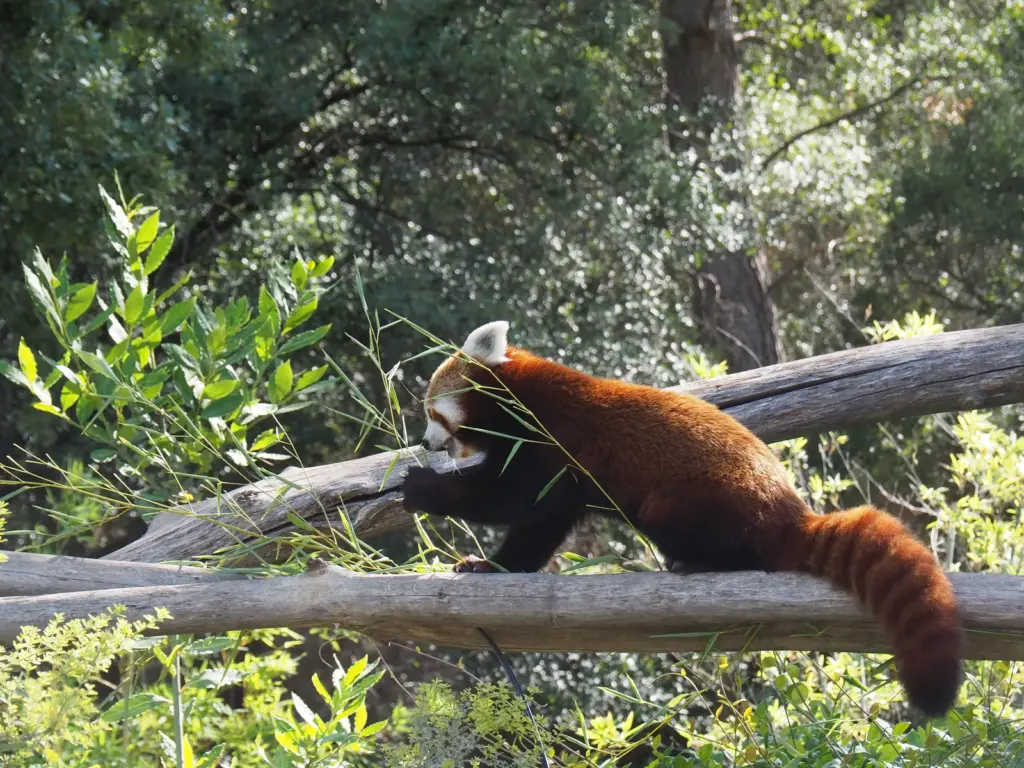
Red Pandas Description and Habitat
Red pandas prefer steep slopes with abundant bamboo; they inhabit forests characterized by mean annual temperatures between 18-24°C (64-75°F) and altitudes ranging from 2400 to 3900 meters, which provides the right environment for their lifestyle.
Red pandas possess dense reddish-brown fur, which provides insulation against the cold, and a distinctive black belly. Their white-lined ears and long-ringed tails are other distinctive features and aid in balance while manoeuvring the tree canopies.
Taxonomy and Phylogeny
Red pandas, scientifically known as Ailurus fulgens, have a fascinating and complex taxonomic history. Described by Frederic Cuvier in 1825, the genus name “Ailurus” is derived from the Greek word for cat, while “fulgens” means shining or bright in Latin.
The red panda’s taxonomy has been subject to changes over the years. Initially classified within the raccoon family (Procyonidae), it is now placed in its own family, Ailuridae, within the clade Musteloidea, which includes weasels and skunks.
Modern phylogenetic studies have clarified that red pandas share a unique evolutionary lineage. Despite their name, they are not closely related to the giant panda, which belongs to the Ursidae family. The red panda lineage is distinct and includes the subfamily Ailurinae, which comprises species adapted for herbivorous diets, mainly reliant on bamboo.
Two recognized subspecies are the Himalayan red panda (A. f. fulgens) and the Chinese red panda (A. f. styani), which genetically diverged around 250,000 years ago. This divergence highlights the phylogenetic complexity and evolutionary adaptability of Ailurus fulgens within their specific ecological niches.
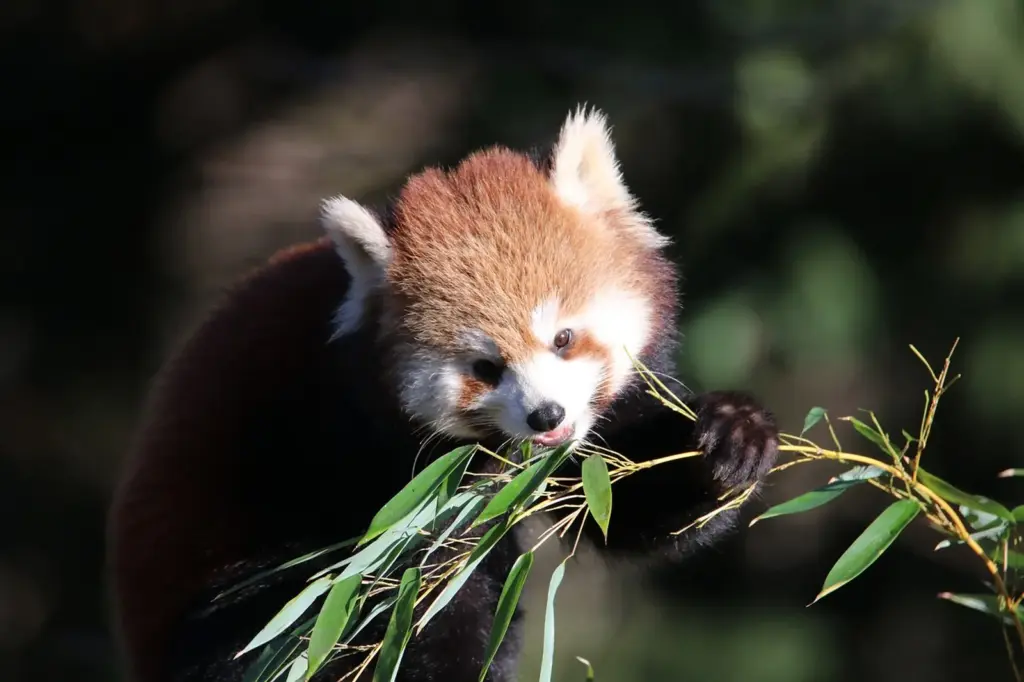
What Do Red Pandas Eat? Bamboo as the Primary Diet
Red Pandas are primarily solitary and crepuscular, exhibiting distinct behavioural patterns and dietary preferences.
Red pandas primarily consume bamboo, which makes up approximately 95% of their diet. On average, they ingest about 2 to 4 pounds (1 to 2 Kg) of bamboo daily, focusing on young shoots and leaf tips for ideal nutrition.
Bamboo only provides a little energy or other essential nutrients per unit of weight compared to other food sources.
Red Pandas are most active during twilight hours, minimizing competition and predation. They also adapt seasonally by eating fruits, berries, roots, grasses, and insects. The reliance on bamboo poses nutritional challenges, as only 24% of the bamboo they eat is digestible, necessitating extensive foraging. Key adaptations, such as strong jaws and a pseudo-thumb, aid in their bamboo-centric diet.
Their digestive system is particularly long, measuring about 4.2 times their body length, facilitating efficient processing of their high-fibre diet.
Role of Diet in the Red Panda’s Lifestyle
Given the low caloric content of bamboo, red pandas must dedicate significant portions of their day to foraging and eating. On average, they spend up to 13 hours daily in this activity to meet their energy requirements. A female red panda, for instance, can consume as many as 20,000 bamboo leaves in a single day.
Seasonal Food Sources
Seasonal variations affect the dietary habits of red pandas. As primarily bamboo eaters, red pandas can become highly dependent on the seasonal availability of this essential resource.
In spring, they primarily consume new bamboo shoots and tender leaves, which are rich in nutrients and important for their recovery and growth after the winter dormancy.
When summer arrives, their diet continues to be dominated by bamboo, but they diversify by foraging for berries and fruits that become available in their habitat. This diversification helps their nutritional balance and energy levels.
By fall, red pandas expand their diet to include roots, grass, and insects, which help them build reserves for the colder months ahead.
Winter presents significant challenges due to a decrease in food variety. Red pandas rely heavily on the more nutritious parts of bamboo they can find, even under snow cover.
Seasonal shifts in food availability influence their dietary choices and foraging behaviour, leading to increased activity during warmer months.
Habitat loss exacerbates these challenges, as it impacts the availability of these seasonal food sources, posing a major threat to their survival.
Comparisons With Other Species
Both red pandas and giant pandas primarily consume bamboo, yet giant pandas can digest a broader range of bamboo species. This broader range offers giant pandas more dietary flexibility compared to the red pandas’ preference for specific types of bamboo.
The bamboo lemur presents another fascinating comparison. While red pandas cannot digest the cyanide in certain bamboo species, bamboo lemurs have evolved to consume these toxic varieties safely. This adaptation allows bamboo lemurs to exploit a dietary niche inaccessible to red pandas.
In contrast to species like the koala, which mainly feeds on eucalyptus leaves and rarely diversifies its diet, red pandas occasionally supplement their bamboo intake with fruits, insects, and small mammals.
Lastly, while sloths and red pandas have low metabolic rates and consume fibrous plant material, sloths focus mainly on leaves, whereas red pandas almost exclusively eat bamboo.
Red Pandas Behaviours
Red pandas are generally solitary creatures, leading an individualistic life outside the breeding season when they pair up.
As crepuscular animals, red pandas are most active during the early morning and late afternoon hours. These periods of activity likely coincide with the lowest levels of predation risk and optimal temperatures.
They spend most of the day resting in trees to conserve energy, aligning with their low-energy bamboo diet. This arboreal habit not only allows them to save energy but also offers them protection from ground-based predators.
Their solitary lifestyle may also reduce competition for resources, ensuring they have enough bamboo to meet their dietary needs. All these behaviours are adaptive strategies that help red pandas navigate the challenges of their habitat and lifestyle.
Reproduction and Parenting
Red pandas mate during early spring. The female’s fertility period lasts merely a few days each year, necessitating precise timing for successful reproduction.
Following a gestation period of approximately 134 days, females typically give birth to one to four cubs during the summer months. Newborn cubs are born blind and require extensive maternal care for survival. The mother provides warmth and nutrition and establishes a nesting area.
Males do not participate in parenting, leaving the responsibility of rearing the young entirely to the females. At around three months, the cubs explore outside the nest. Despite this newfound curiosity, they continue relying on their mother for several months.
This period of gradual independence is key for their development, allowing them to learn essential survival skills.
Red Panda Lifespan
In their natural habitats, red pandas live, on average, between 8 to 10 years. However, various factors can influence this lifespan, including disease, predation, and food availability. Some red pandas have been known to live up to 15 years in the wild, showing their hardiness despite these challenges.
In contrast, red pandas in captivity, such as zoos or wildlife sanctuaries, tend to live longer, typically 14 to 17 years. In captivity, they are protected from predators, receive regular veterinary care, and have a consistent, balanced diet, all contributing to increased longevity. The absence of the need to constantly search for food or escape predators eliminates stress and extends their lifespan.
While captivity can provide red pandas a safer environment and longer life, conservation efforts should ensure these animals can thrive in their natural habitats.
Who are the Predators of Red Pandas?
Snow leopards, martens, and some birds are among the many predators that pose a risk to red pandas. Each predator presents a unique threat due to their hunting skills. Snow leopards, for instance, can explore the same mountainous terrain as red pandas, while martens can climb trees, posing a danger to young or smaller red pandas.
Unfortunately, humans are the biggest threat to their survival. As human activities expand into red pandas’ natural habitats, they lose their crucial survival resources. Deforestation for timber, agriculture, and urban development reduces the availability of food sources, shelter, and breeding sites, leading to a decline in red panda populations.
Illegal poaching is another significant issue. Red pandas are hunted for their fur and used to make hats in some cultures. Despite international protection, enforcing these regulations is challenging, and illegal trade continues in some areas.
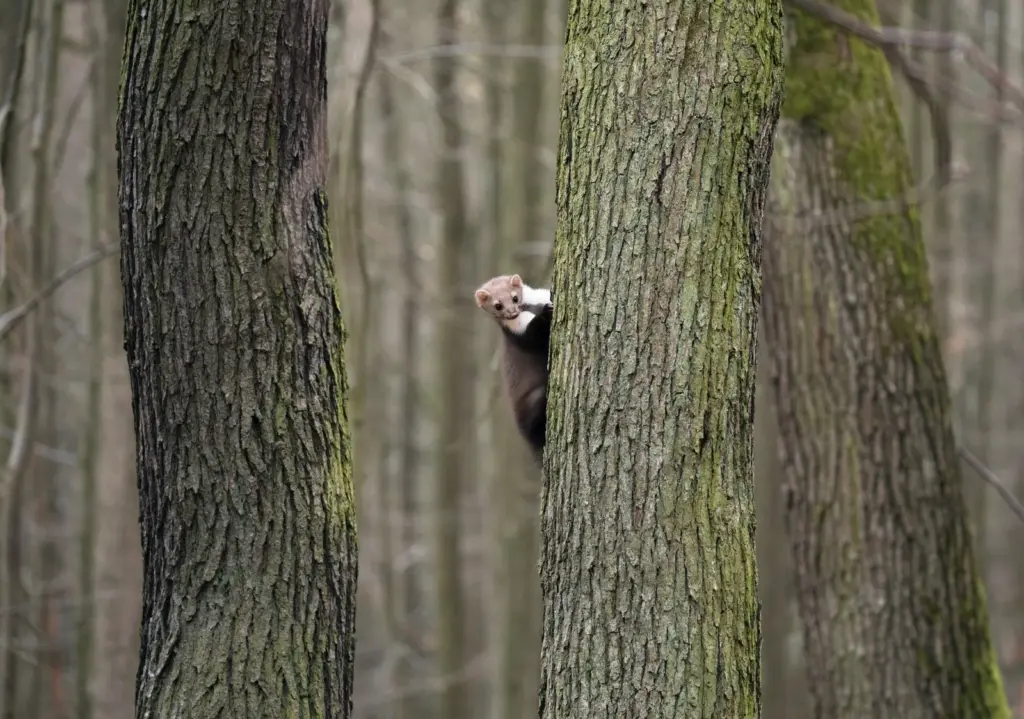
How Fast Can Red Pandas Run?
Red pandas, as much as their counterpart, the Giant Pandas, are not known for their speed, averaging a maximum speed of around 24 kilometres per hour (15 mph).
As arboreal animals, red pandas spend most of their lives in trees, navigating the canopies of mountainous forests. Ground speed is less significant in these environments, and other physical attributes become vital for survival.
Red pandas have a flexible skeletal structure, sharp claws, and a balancing tail – adaptations that favour climbing and navigating narrow branches over running speed. They move with agility and balance through the trees, safely reaching heights other animals cannot.
Their dexterous front paws and ‘false thumb’—an extended wrist bone—assist them in grasping bamboo shoots and leaves, their primary food source. Despite their modest ground speed, these attributes enable the red panda to exploit their environment effectively for food and safety.
Role of Speed in Red Panda’s Survival
Although not the fastest creatures, red pandas compensate with several survival strategies, particularly when escaping predators. Their superior tree-climbing abilities and effective use of camouflage are prime examples of these survival tactics.
A flexible, muscular body and a long tail aid their balance while navigating high in the tree canopies. When threatened by ground-based predators, this ability to swiftly retreat upwards provides an effective escape route.
Furthermore, red pandas have a reversible ankle that helps them descend trees head-first, a unique feature among mammals that ensures quick escape when they need to descend rapidly.
Their reddish-brown fur blends seamlessly with the reddish moss and white lichens that often grow on the trees in their habitat. This camouflage capability and their habit of curling up on branches to resemble tree burls provide an additional survival advantage.
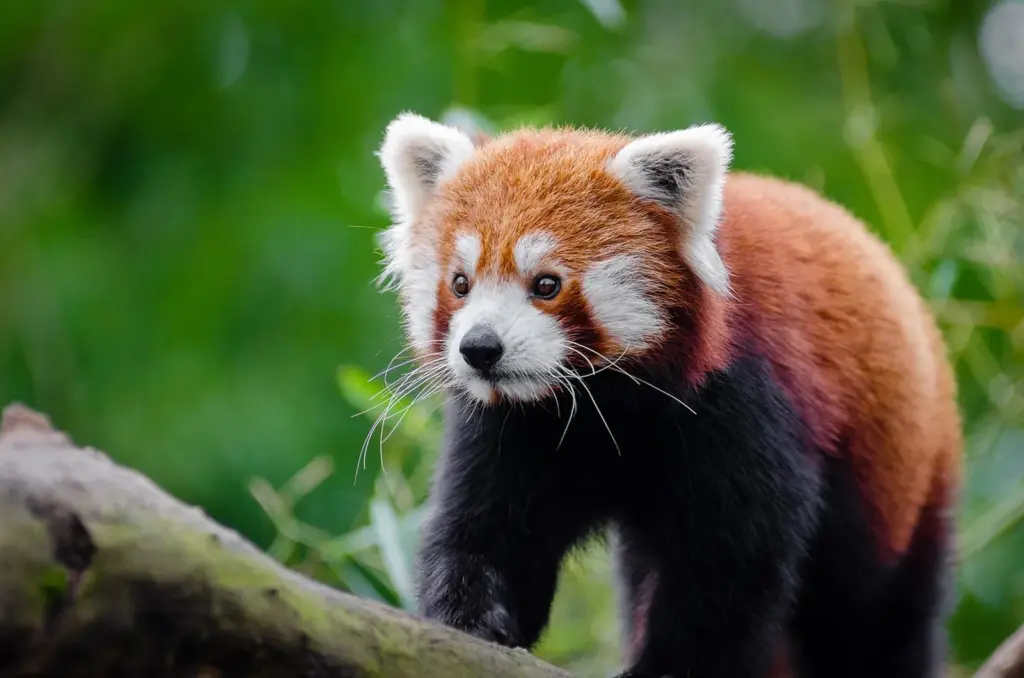
Conclusions
In conclusion, red pandas are unique and adaptable creatures with specialized behaviours, diets, and survival strategies.
Their reliance on bamboo, a nutritionally poor food source, shapes much of their solitary, crepuscular lifestyle and requires extensive foraging, especially during seasonal changes in food availability. Their arboreal habits and ability to climb trees protect them from predators, but habitat loss and illegal poaching threaten their survival.
Red pandas are an evolutionary marvel with a complex taxonomic history. Their population severely declines due to human-induced challenges such as deforestation and climate change. Conservation efforts are essential to ensuring their future, with habitat protection, awareness campaigns, and stricter enforcement against poaching being key measures to help this species recover.

